Custom Superalloy Parts Factory and Supplier
Superalloy Aerospace and Aviation Parts Manufacturing Services
Neway provides vacuum investment casting, single crystal and directional casting, powder metallurgy, precision forging, 3D printing, and CNC machining. They manufacture turbine blades, discs, combustion chambers, afterburners, nozzle rings, impellers, casings, and gas turbines for aerospace applications.
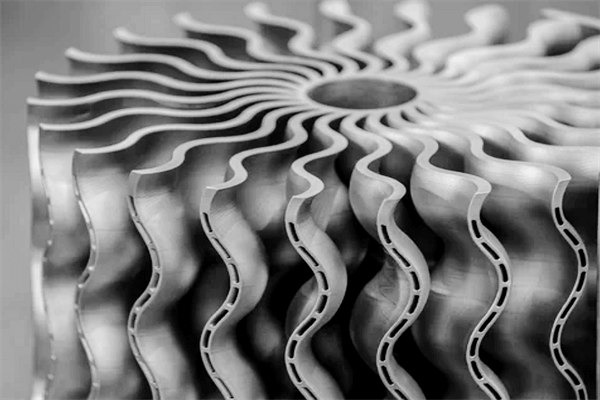
Aerospace and Aviation Superalloy Parts Manufacturing Solutions
Neway utilizes several advanced manufacturing processes for aerospace and aviation superalloy parts, including vacuum investment casting, single-crystal, equiaxed, directional solidification casting, precision forging, and powder metallurgy for turbine discs. 3D printing, CNC machining, and post-processing techniques like Hot Isostatic Pressing (HIP), Thermal Barrier Coating (TBC), and heat treatment are applied for high-precision, high-performance turbine blades, combustion chambers, and nozzles.
Aerospace and Aviation Superalloy Material Solutions
The aerospace and aviation industry relies on superalloys like Inconel, CMSX, Nimonic, Rene, and Titanium for their exceptional strength, heat resistance, and corrosion protection. These materials are essential in jet engines, turbine blades, exhaust systems, and afterburners, withstanding extreme temperatures and stresses. Their durability ensures reliable performance, enhancing efficiency and safety in aircraft propulsion and critical aerospace components.
Post Processing and Surface Finishing of Blanks
Neway provides post-processing services for high-temperature alloy vacuum castings and 3D-printed parts. For example, Hot Isostatic Pressing (HIP), Heat Treatment, Superalloy Welding, Thermal Barrier Coating (TBC), Material Testing and Analysis, Superalloy CNC Machining, Superalloy Deep Hole Drilling, Electrical Discharge Machining (EDM).
Post Process and More Solutions to Aerospace and Aviation
We provide advanced post-processing solutions for aerospace and aviation, including Hot Isostatic Pressing (HIP), heat treatment, superalloy welding, Thermal Barrier Coatings (TBC), CNC machining, deep hole drilling, and EDM. Our expertise extends to material testing, failure analysis, and life prediction, ensuring enhanced performance, durability, and reliability for critical components used in high-temperature and high-stress aerospace applications.

learn more
Direct Reading Spectrometer

learn more
Tensile Testing Machine Checking

learn more
X-ray Checking

learn more
Thermal Physical Properties Test Platform
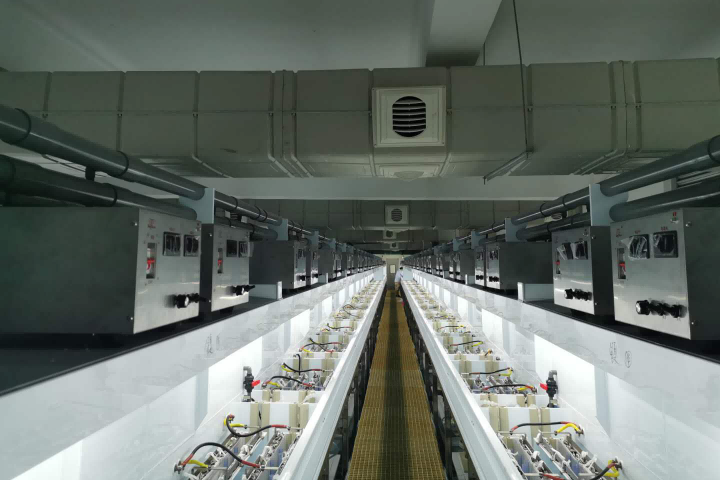
learn more
Corrosion Production Line

learn more
Dynamic and Static Fatigue Tester

learn more
Electron Backscattering Diffractometer (EBSD)

learn more
Inductively Coupled Plasma Optical Emission Spectrometer (ICP-OES)

learn more
3D Scanning Measuring Instrument Checking

learn more
Coordinate Measuring Machine (CMM)

learn more
Glow Discharge Mass Spectrometer (GDMS)
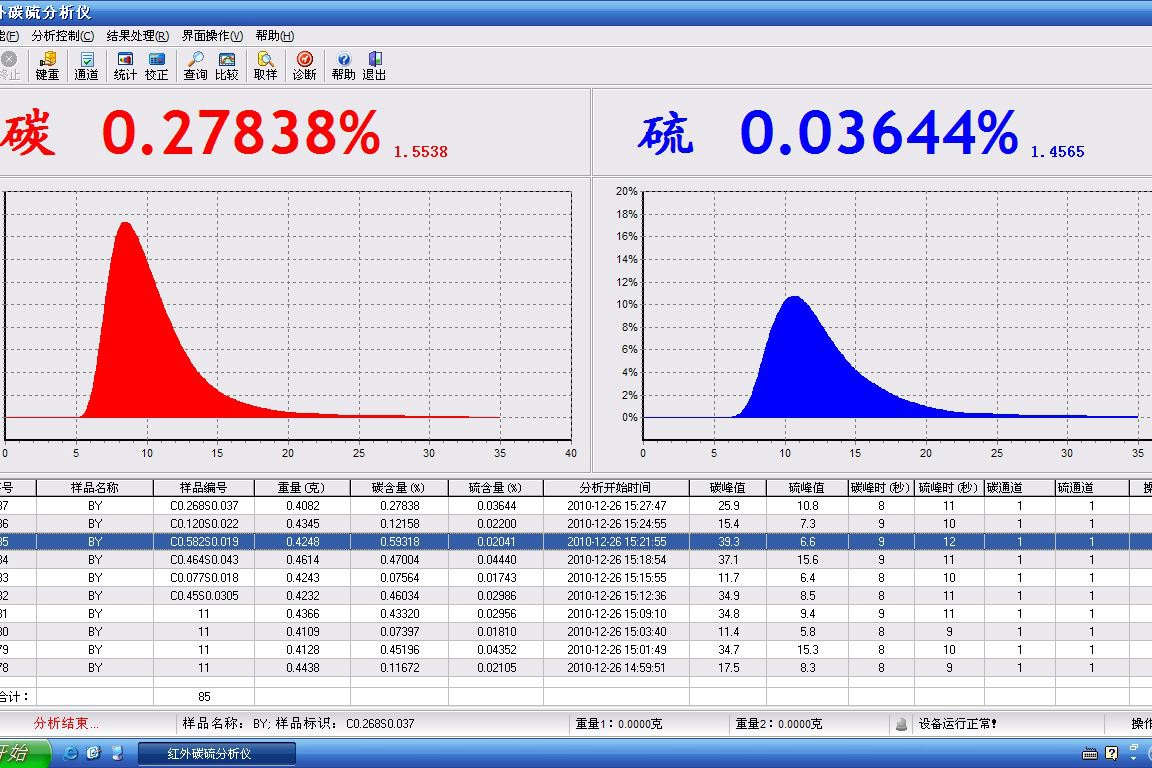
learn more
Carbon Sulfur Analyzer Checking
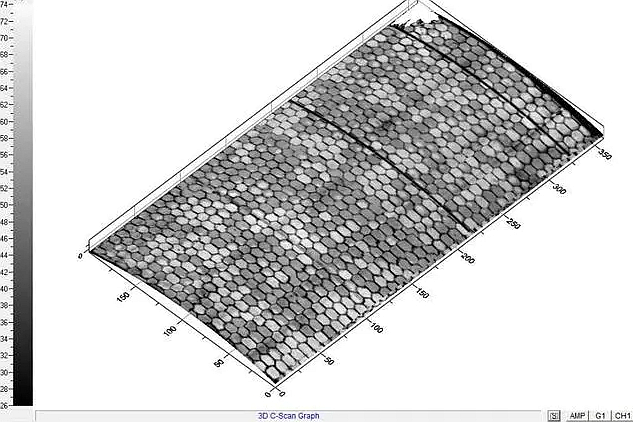
learn more
Water Immersion Ultrasonic Inspection

learn more
Line Array Industrial CT(GE)

learn more
Scanning Electron Microscope (SEM) Checking

learn more
Simultaneous Thermal Analyzer (STA) Checking
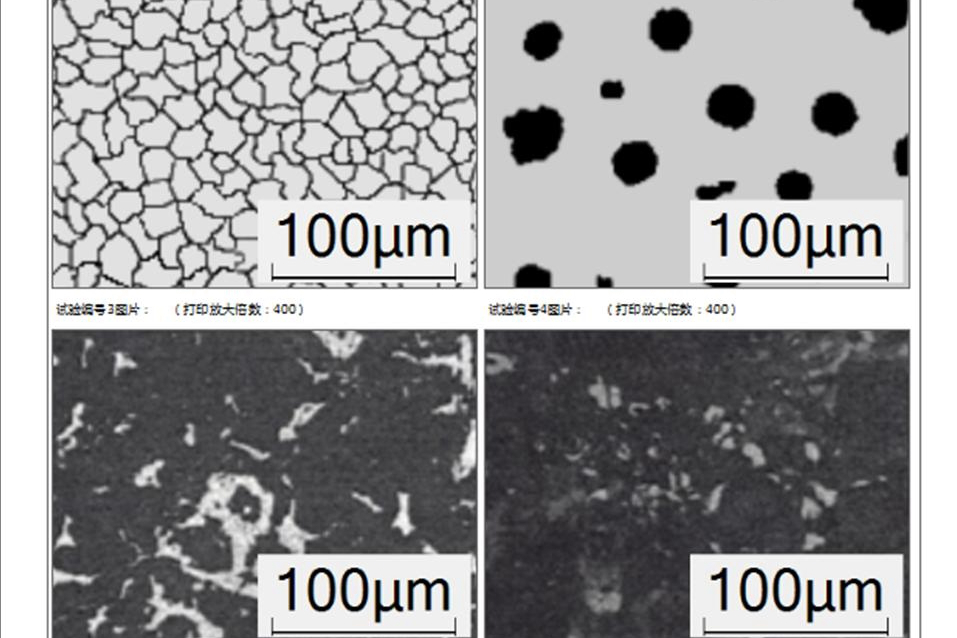
learn more
Metallographic Microscopy Checking
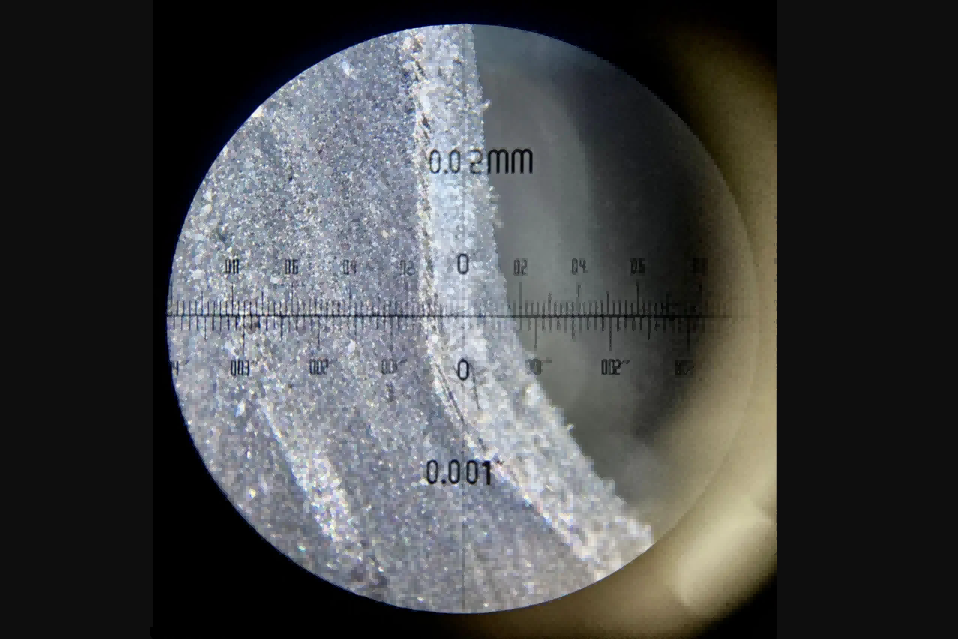
learn more
Stereo Microscope Checking

learn more
New Technology
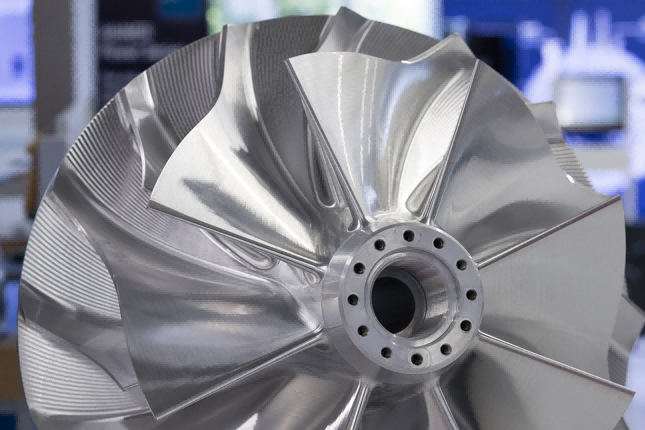
learn more
Products Gallery
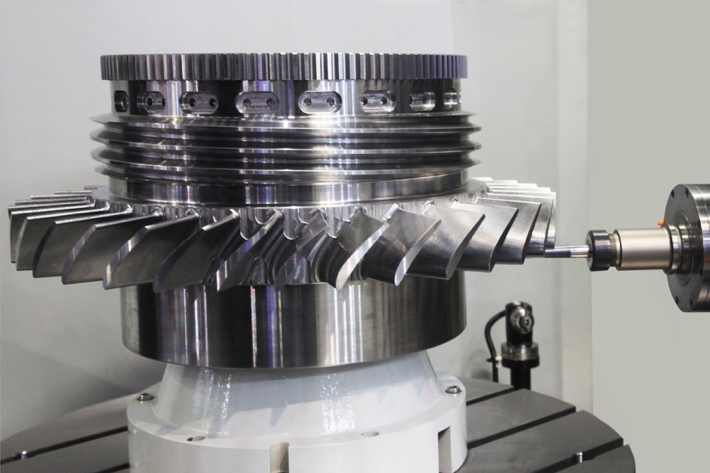
learn more
Various Industries

learn more
Surface Finishings

learn more
Post-Process

learn more
Manufacturing Technology

learn more
R&D and Simulation

learn more
Manufacturing Equipments

learn more
Testing Equipments

learn more
3D Printing Prototyping

learn more
FAQs

learn more
Contact
Let's Start A New Project Today












